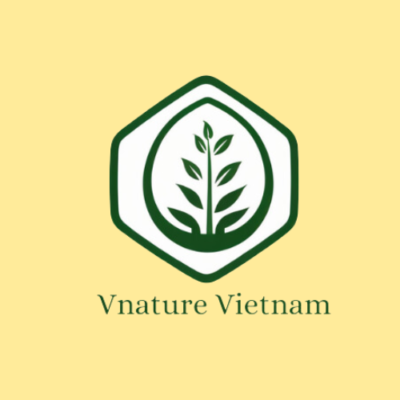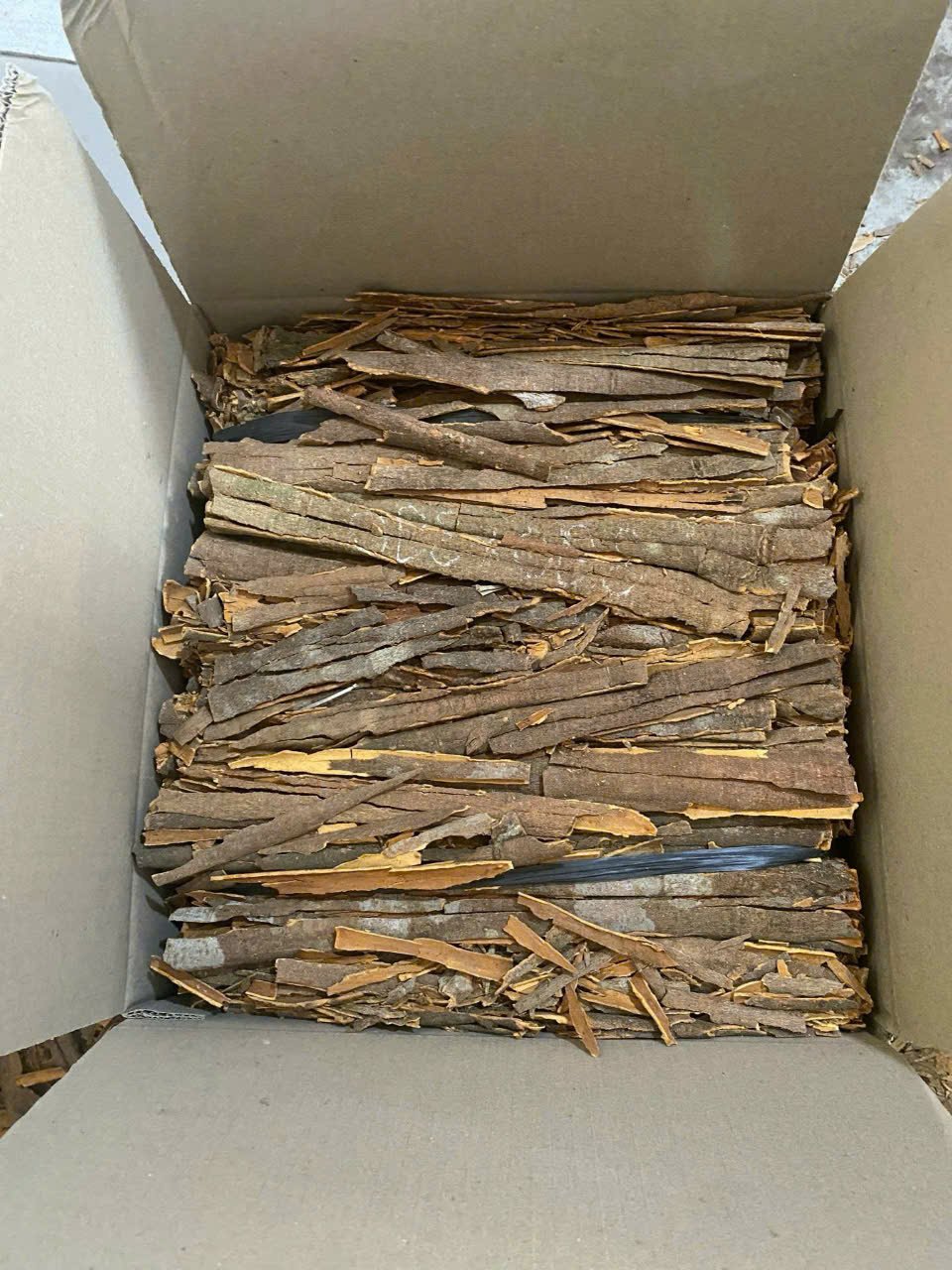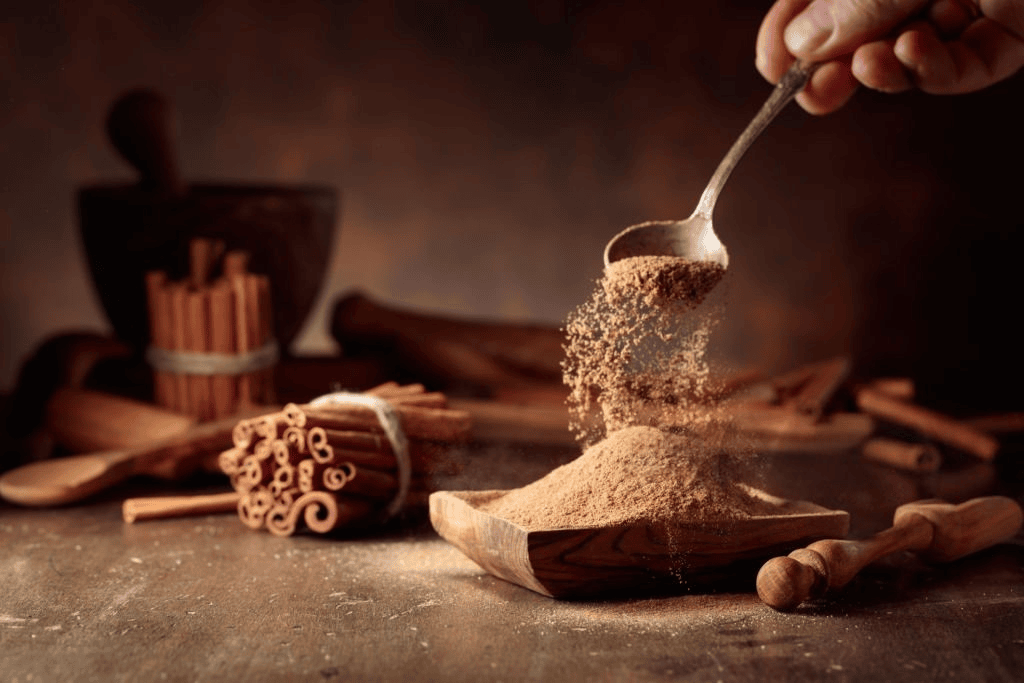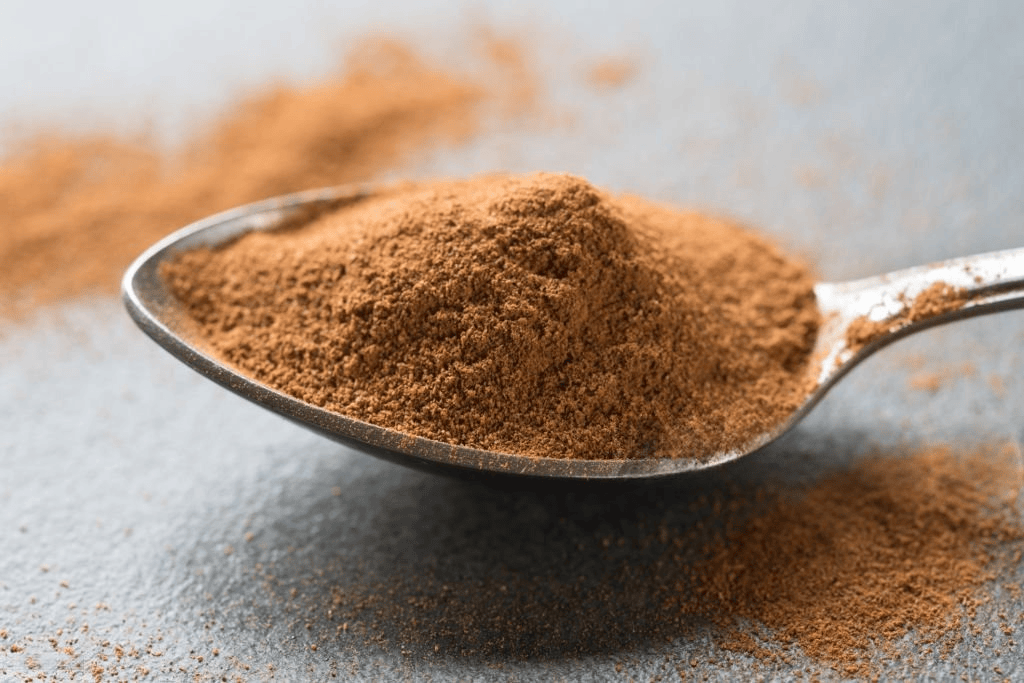The Rich Heritage of Cinnamon Powder – A Vietnamese Cassia Legacy
Contents
The Rich Heritage of Cinnamon Powder – A Vietnamese Cassia Legacy
NOTE: All information is compiled and shared from many sources on the internet and is for reference only, not for practical application and should not be followed. It is recommended to contact a specialist for detailed and correct information. We are not responsible in any case.
1. Introduction
Cinnamon Powder has long been celebrated as a precious spice, with a legacy deeply rooted in Vietnamese tradition. This product, derived from the bark of cassia trees, embodies centuries of artisanal craftsmanship and cultural heritage. In this article, we delve into the fascinating history and cultural significance of Cinnamon Powder, tracing its origins from regions like Yen Bai and exploring how traditional production methods have been preserved through generations.
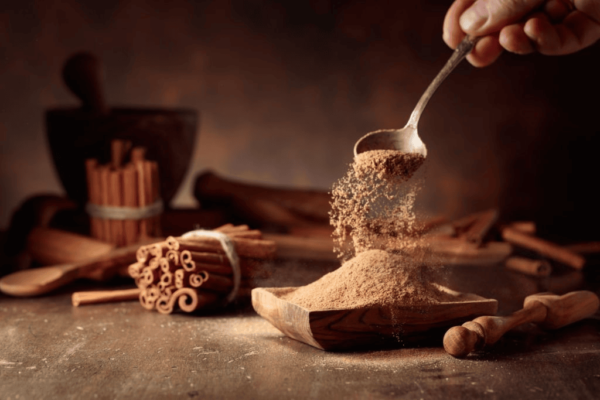
2. Historical Background of Cinnamon Powder
2.1. Ancient Origins:
For millennia, cinnamon has been held in high esteem, its value transcending time and culture. In Vietnam, the use of cassia bark dates back centuries, where local communities have not only integrated it into their rich culinary traditions but have also embraced it as a cornerstone of folk medicine. This ancient ingredient was cherished for its warming qualities and healing properties, serving both as a spice in everyday cooking and as a remedy in traditional healing practices.
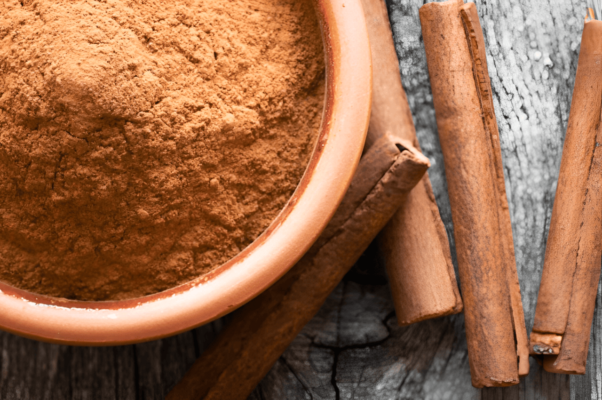
2.2. Cultural Legacy:
The refined art of processing cassia is a legacy passed down from generation to generation. This enduring heritage is vividly reflected in the time‑honored techniques that are still employed today to harvest, dry, and grind the bark into a fine powder. These methods, rooted in tradition, underscore a deep respect for nature and craftsmanship, ensuring that each step of production honors the wisdom of the past while delivering a product of exceptional quality.
2.3. Regional Significance:
Certain regions, such as Yen Bai, have become synonymous with the production of high‑quality cassia. The unique environmental conditions found in these areas—rich soil, optimal climate, and abundant natural resources—contribute to the distinctive aroma and flavor profile of Vietnamese Cinnamon Powder. The regional expertise not only enhances the quality of the spice but also cements its reputation as a premium product within both local and international markets.
3. Cultural Significance and Traditions
3.1. Role in Cuisine and Medicine:
Cinnamon Powder has long played a dual role in Vietnamese culture, enriching a wide variety of traditional dishes and serving as an important ingredient in herbal remedies. Its inclusion in both food and medicine is a testament to a holistic approach to health—one that values the balance between nourishment and healing. This spice embodies the seamless integration of flavor and wellness, making it indispensable in many households.

3.2. Community and Craftsmanship:
The production of Cinnamon Powder is far more than an industrial process—it is a communal effort that brings together families and local artisans. Each member of the community contributes to every stage of production, from selecting the best bark to ensuring meticulous processing. This cooperative spirit is a reflection of the cultural values embedded within the practice, where respect for tradition and quality is paramount.
3.3. Preservation of Heritage:
In contemporary times, Cinnamon Powder continues to be a powerful symbol of authenticity. Its production, carried out using traditional methods, reinforces its status as a premium spice that is deeply rooted in cultural heritage. The ongoing commitment to these artisanal practices not only preserves a valuable legacy but also ensures that the unique character of Vietnamese Cinnamon Powder remains celebrated and recognized across the globe.
4. Artisanal Production Methods
4.1. Harvesting:
Only the finest bark is chosen from mature cassia trees, with experienced farmers carefully selecting each piece based on quality and readiness. This careful selection process is critical, as it ensures that only the best bark—rich in natural oils and aromatic compounds—is used for further processing.
4.2. Natural Sun‑Drying:
After harvesting, the cassia bark is laid out to dry naturally under the sun. This traditional sun‑drying method is essential for preserving the bark’s natural oils and aroma. The gentle process allows the bark to lose moisture gradually, maintaining the integrity of its flavor and ensuring that its beneficial properties are not compromised.

4.3. Traditional Grinding:
Once dried, the bark undergoes a meticulous grinding process. Using methods that have been perfected over many generations, the bark is transformed into a fine powder. This traditional grinding process is designed to retain the unique flavor profile and nutritional benefits of the cassia, ensuring that every particle reflects the spice’s inherent qualities and artisanal craftsmanship.
4.4. Quality Preservation:
Throughout the entire production process, artisanal techniques are employed to ensure that the natural essence of the cassia is maintained. From the careful selection and natural drying to the gentle grinding process, each step is performed with precision and care. This commitment to quality preservation results in a product that is not only authentic and true to its roots but is also highly valued by connoisseurs and consumers alike.

5. Conclusion and Further Reading
The rich heritage of Cinnamon Powder is a testament to the enduring traditions of Vietnamese cassia production. Its historical roots, cultural significance, and artisanal production methods make it a symbol of quality and authenticity.
Call to Action:
Learn more about our story and explore our premium range of Cinnamon Powder by visiting our Products Page or contacting us via our Contact Page.
